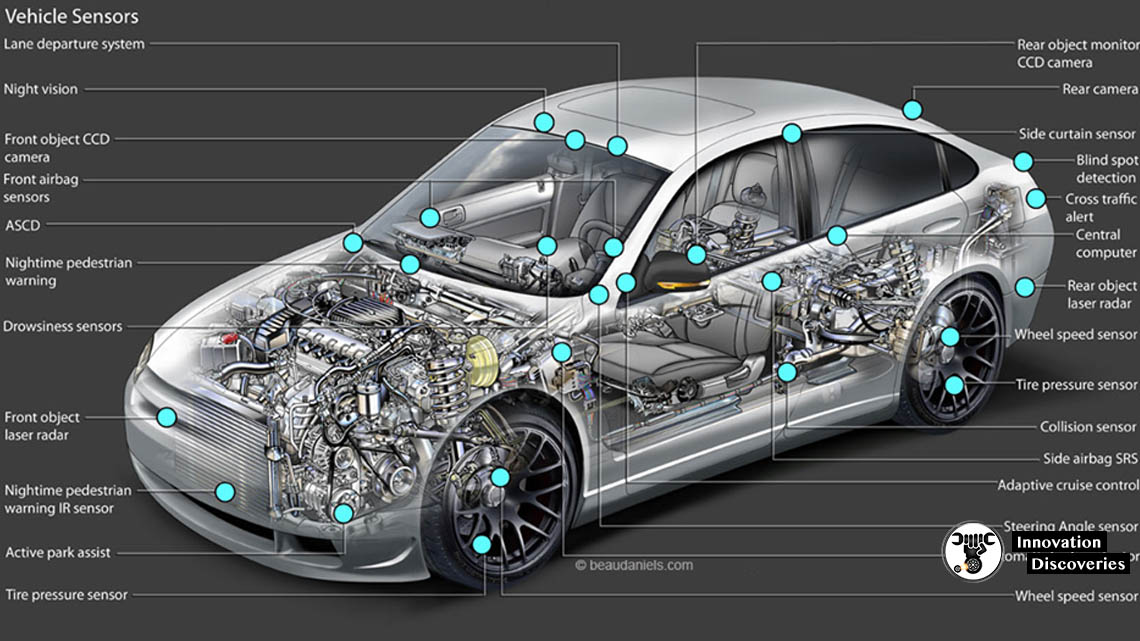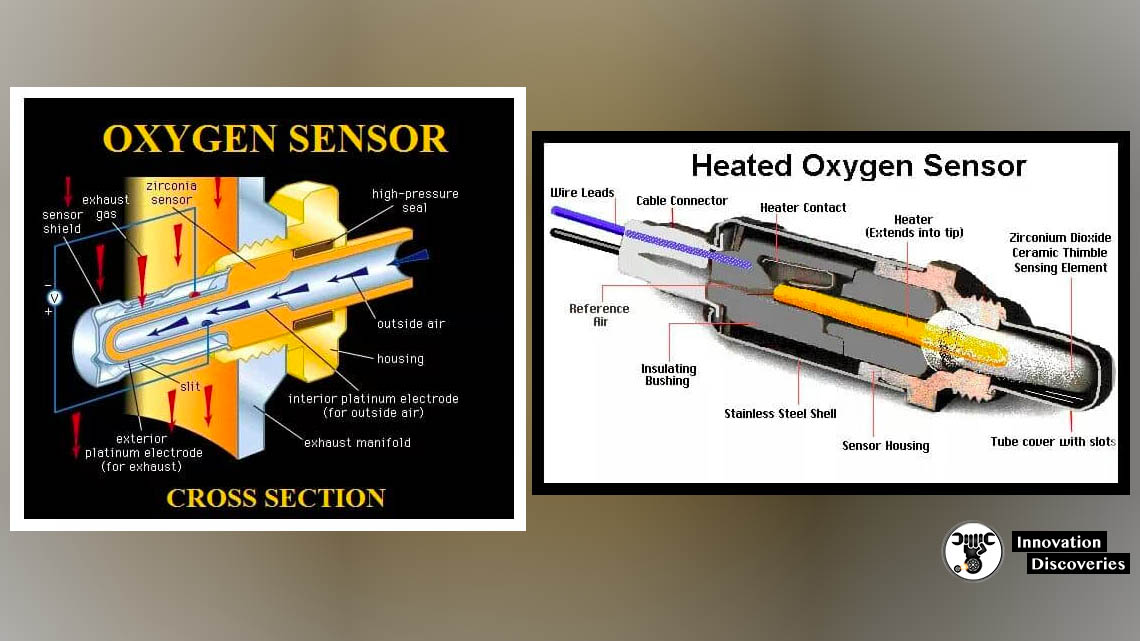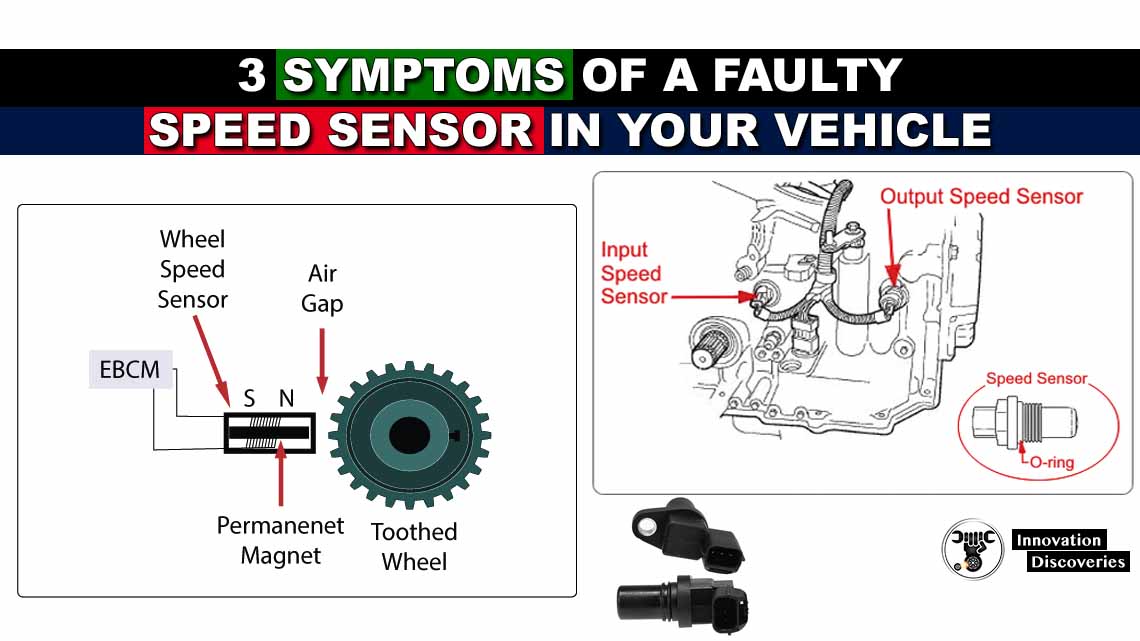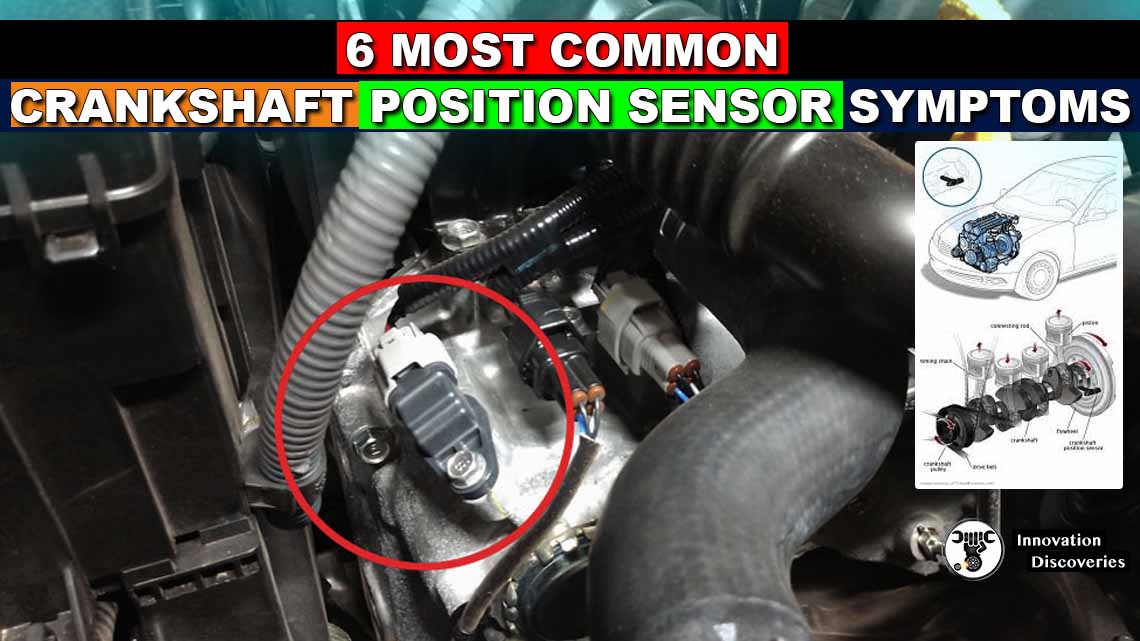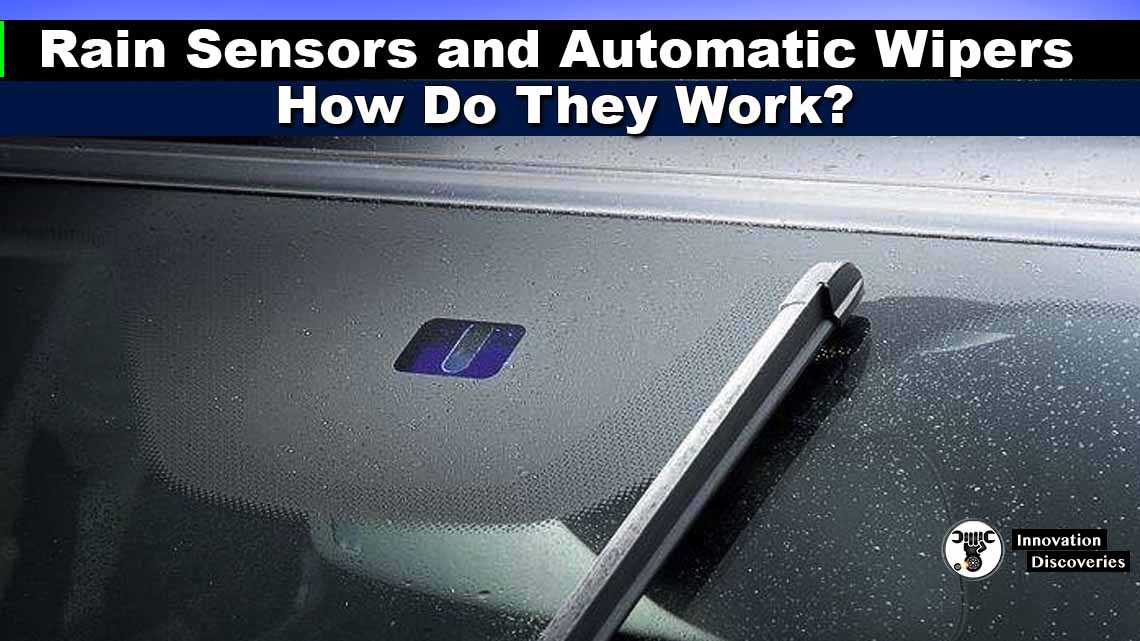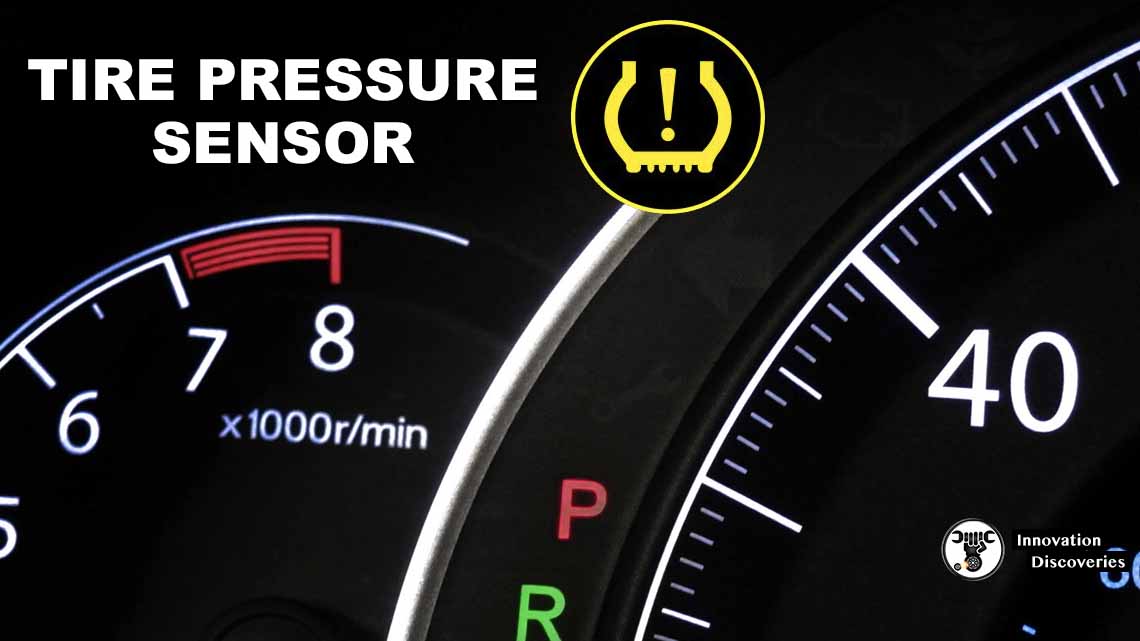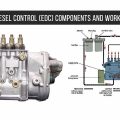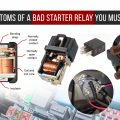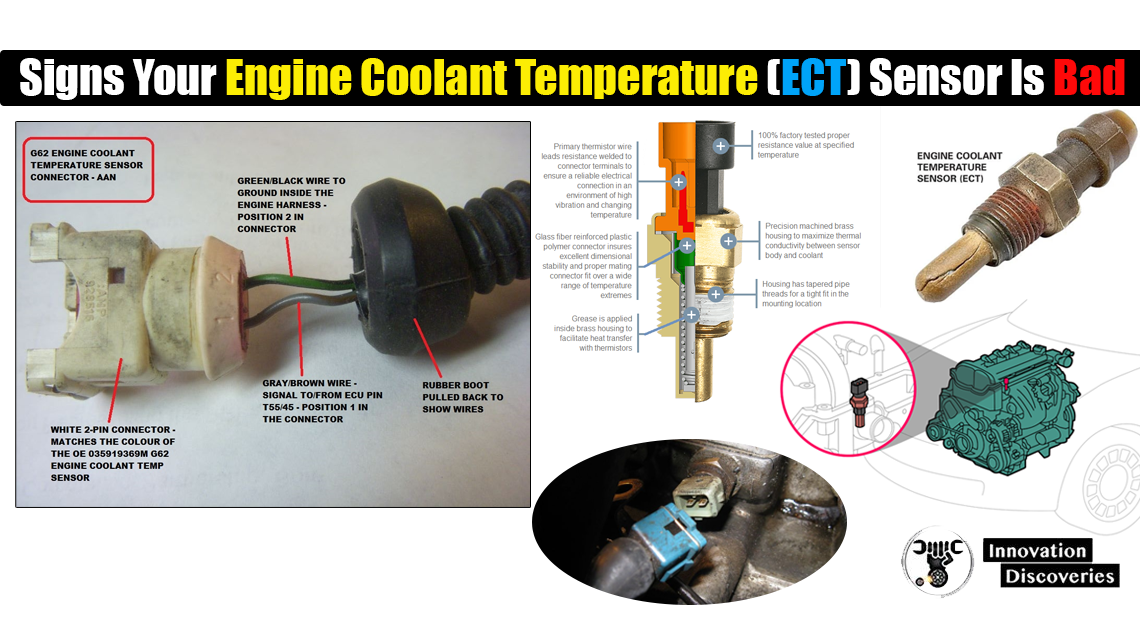
Introduction
The Engine Coolant Temperature (ECT) sensor plays a critical role in maintaining engine performance and efficiency. It monitors the engine’s temperature, ensuring the engine runs at an optimal level. When the ECT sensor fails, it can lead to a variety of engine problems, affecting fuel efficiency, emissions, and overall vehicle performance.
In this article, we’ll discuss the most common signs that indicate a bad ECT sensor and how you can address these issues.
1. Your Check Engine Light is On
The check engine light is one of the most straightforward indicators that something is wrong with your vehicle. A faulty ECT sensor can trigger this light, indicating that the engine’s computer has detected a problem with the coolant temperature reading.
When this happens, it’s essential to get your vehicle checked by a professional mechanic who can use diagnostic tools to identify the exact issue.
2. Your Engine Stalls
A bad ECT sensor can cause the engine to stall, particularly when the engine is cold. This happens because the sensor isn’t providing accurate temperature data, leading to improper fuel injection. When the engine doesn’t receive the correct air-fuel mixture, it can stall during idle or low-speed driving.
If your vehicle frequently stalls, especially during cold starts, it might be due to a faulty ECT sensor.
3. You’re Getting Poor Gas Mileage
Another sign of a failing ECT sensor is decreased fuel efficiency. If the sensor sends incorrect temperature readings to the engine control module, it can cause the engine to run too rich (too much fuel) or too lean (not enough fuel).
This improper air-fuel mixture leads to increased fuel consumption, reducing your vehicle’s miles per gallon (MPG). Keep an eye on your fuel consumption; if it seems unusually high, consider checking the ECT sensor.
4. Your Engine Runs Poorly
An engine that runs rough or has erratic performance may be suffering from a bad ECT sensor. The engine relies on accurate temperature readings to maintain optimal performance.
If the sensor is faulty, it can cause the engine to misfire, hesitate, or run unevenly. You may also notice a lack of power during acceleration or difficulty maintaining a consistent speed.
5. Increased Emissions
A faulty ECT sensor can also lead to increased emissions. When the engine runs too rich or too lean, it produces more exhaust gases, contributing to air pollution and potentially causing your vehicle to fail emissions tests.
If you’ve recently noticed an increase in exhaust smoke or your vehicle has failed an emissions test, it’s worth investigating the ECT sensor’s condition.
6. Your Engine is Overheating
The ECT sensor helps monitor the engine’s temperature, ensuring it doesn’t overheat. If the sensor fails, the engine’s cooling system might not operate properly, leading to overheating.
This can cause significant damage to the engine, including warped cylinder heads or blown gaskets. If your engine is overheating, it’s crucial to address the issue immediately, as it can lead to costly repairs.
What is the ECT Sensor?
The Engine Coolant Temperature (ECT) sensor measures the temperature of the engine’s coolant. This information is sent to the engine control module (ECM), which uses it to adjust fuel injection, ignition timing, and other engine parameters.
A properly functioning ECT sensor helps maintain optimal engine performance, fuel efficiency, and emissions levels.
How to Fix the Problem
If you suspect that your ECT sensor is faulty, the best course of action is to have your vehicle inspected by a qualified mechanic. They will use diagnostic tools to read error codes and determine if the ECT sensor is the root cause of the problem. If the sensor is indeed faulty, it will need to be replaced.
The replacement process typically involves draining the coolant, removing the old sensor, and installing a new one. It’s also crucial to ensure there are no leaks in the cooling system and that the coolant levels are correct after the repair.
Related Questions and Answers
Q: Can I drive with a bad ECT sensor?
A: Driving with a bad ECT sensor is not recommended. It can lead to engine stalling, poor fuel economy, and even engine overheating. It’s best to get it fixed as soon as possible to avoid further damage.
Q: How often should I replace my ECT sensor?
A: The ECT sensor should last for a long time, but it can fail due to wear and tear, corrosion, or electrical issues. There is no set replacement interval, but if you notice any of the signs mentioned above, you should have it checked and replaced if necessary.
Q: Can a faulty ECT sensor damage my engine?
A: Yes, a bad ECT sensor can cause engine overheating, leading to severe damage such as blown head gaskets or warped cylinder heads. Promptly addressing a faulty sensor can prevent these costly repairs.
Here are some common DTCs related to the ECT sensor and their meanings:
- P0115: This code indicates a malfunction in the ECT sensor circuit, suggesting that the sensor isn’t sending correct signals to the engine control module (ECM).
- P0116: This code suggests a range or performance problem with the ECT sensor, indicating the sensor’s readings are inconsistent with expected temperature ranges.
- P0117: This code means the ECT sensor signal is too low, indicating a possible open circuit or a faulty sensor.
- P0118: This code means the ECT sensor signal is too high, which can occur due to a short circuit or a bad sensor.
- P0119: This code suggests intermittent issues with the ECT sensor, indicating fluctuating or unstable sensor readings.
Conclusion
The Engine Coolant Temperature (ECT) sensor is vital for maintaining engine efficiency and performance. If you notice any signs of a faulty sensor, such as the check engine light, engine stalling, poor gas mileage, or overheating, it’s essential to have your vehicle inspected by a professional mechanic.
Timely replacement of a bad ECT sensor can prevent further damage and keep your vehicle running smoothly. Keep your engine in optimal condition by addressing ECT sensor issues as soon as they arise.
Discover More:

VEHICLE SENSORS: FUNCTIONS AND TYPES
Visit Forum
Visit Our Friendly Website


